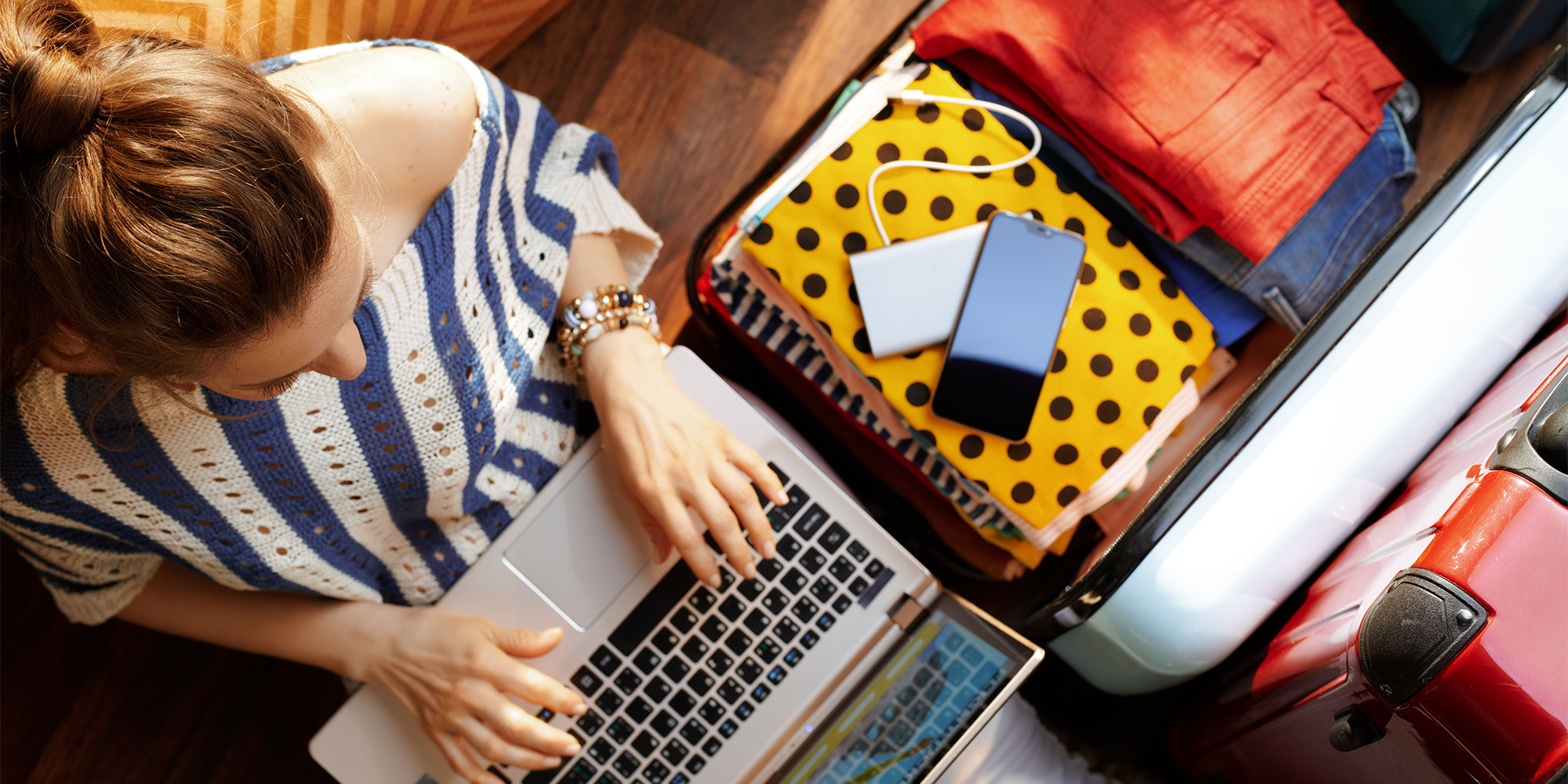
Get a year of super-useful advice
Who to book with, how to get the best deals plus inspiring destination ideas from the experts, for only £36.75 for the year – that’s 25% off.
Join Which? TravelOffer ends 8th January 2026

Popular carriers in the US and Asia have recently tightened rules on the use of power banks on board planes around safety concerns.
In January, an aircraft preparing for takeoff from Busan, South Korea, bound for Hong Kong, went up in flames. Interim investigation results suggest the fire was likely started by a broken power bank.
There have also been cases of portable chargers overheating since, most recently on a China Southern Airlines flight where smoke was reportedly found coming from a passenger’s camera battery and power bank in the overhead locker.
The spate of incidents has led to a reevaluation of how portable chargers can be used and stored within plane cabins, as the lithium batteries contained inside can produce extreme heat if they short-circuit.
Below, we outline when you can and can’t take and use power banks on planes in the UK and beyond.
Get free travel advice and recommendations you can trust from the experts with our free Travel newsletter
Yes. The UK’s airline regulator, the Civil Aviation Authority (CAA), hasn’t banned them in flight cabins, but says they should never be packed into hold luggage.
Airlines tend to allow portable chargers with a watt-hour (Wh) rating of no more than 100Wh into the cabin, without their permission. The Wh rating must be clearly stated.
Rules can vary, so check with the airline you’re flying with.
Discover the best-rated airlines - as rated by Which? readers

It depends on the airline's rules. See below for the variation between popular airlines.
Airlines such as British Airways, easyJet, Jet2, and Ryanair allow you to use portable chargers on board. It’s useful because, as flight check-in becomes increasingly digital, keeping our phones charged is more important than ever when travelling.
Meanwhile, Southwest Airlines in the US recently updated its policy, stating that when in use, power banks must be kept in plain sight, not in your bag or the overhead bins.
There are some longer-haul airlines, which fly in and out of the UK, that permit passengers to bring power banks on board but not use them, including Cathay Pacific, Emirates, Singapore Airlines and Thai Airways.
Emirates ban doesn't come into effect until October 1, but when it does, it says that 'power banks must be stored in seat pockets or under seats for quick crew access'.
Qantas, meanwhile, says it doesn’t ‘recommend the use of or charging of power banks onboard due to safety’. This isn't an outright ban, but it is recommended.
Elsewhere, the Civil Aviation Department of Hong Kong instructed local airlines not to let passengers use power banks to charge other electrical devices during flights or store power banks in overhead lockers.
Similarly, South Korea implemented nationwide restrictions on storing power banks and e-cigarettes in overhead lockers. They must instead be kept under the seat or in the seat pocket.
Virgin Atlantic customers can use them while on board to power a device, but not charge a device.
Find a Which? Best Buy power bank

Who to book with, how to get the best deals plus inspiring destination ideas from the experts, for only £36.75 for the year – that’s 25% off.
Join Which? TravelOffer ends 8th January 2026
Lithium-ion batteries, found inside portable chargers, pose a fire hazard if damaged, faulty, misused, or old. They can also be volatile when exposed to high pressure, such as during a flight.
Yes. Anything containing lithium batteries. For instance, you should pack earbud charging cases in your cabin luggage.
Airline rules will vary for smart bags (which can charge items from a USB port).
Ryanair, for instance, dictates that before putting a smart bag in an overhead locker on a plane, the battery must be removed.
Meanwhile, easyJet says you can keep the battery in the bag, but you must be able to easily disconnect and remove the lithium battery if required.
Where airlines permit them in the hold, you’ll need to remove the lithium battery before handing the bag in at the bag-drop desk or the gate and take the battery on the plane with you.
E-cigarettes can also be taken on board many aircraft, but cannot be packed into the hold.
For more helpful tips and advice sign up to our free Travel newsletter